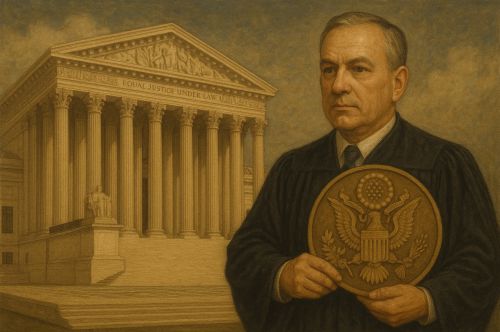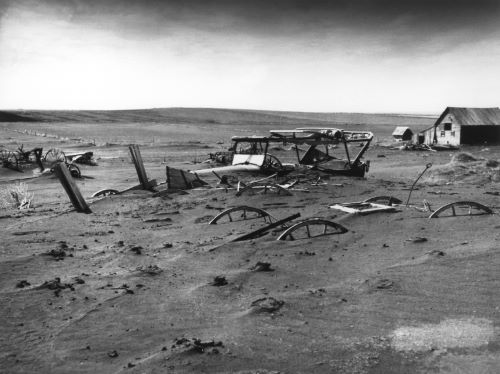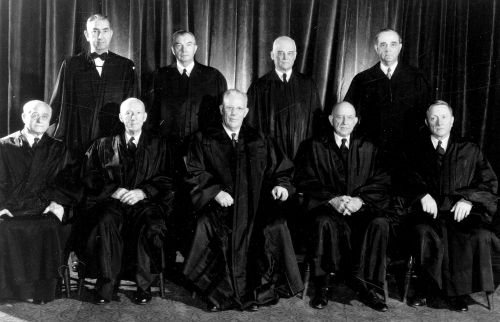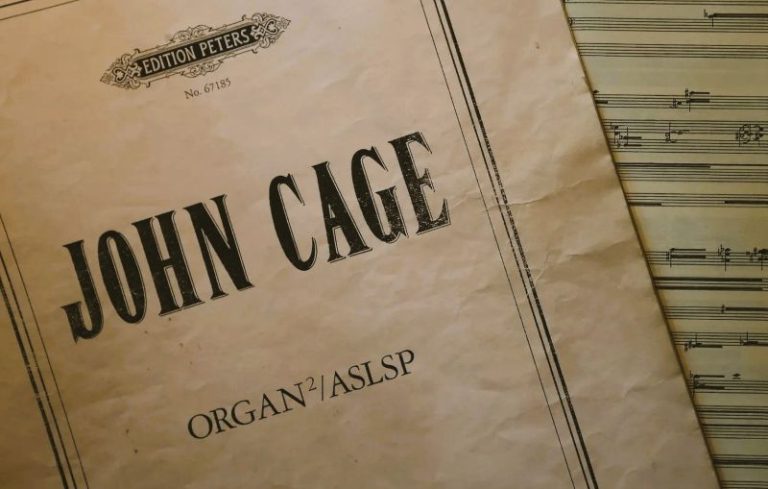

To describe this expansion is not to celebrate or condemn, but to recognize the profound transformation of the federal judiciary’s place in American life.

By Matthew A. McIntosh
Public Historian
Brewminate
Introduction: A Judiciary at the Crossroads of Liberty and Authority
The federal judiciary entered the twentieth century as a relatively restrained institution, one designed to mediate constitutional boundaries and resolve disputes rather than to dictate national policy. Yet over the course of the century, its authority widened dramatically. Federal judges and the Supreme Court in particular moved from a reactive role into one of active shaping of American society. By century’s end, the judiciary stood as one of the most powerful and contested institutions in the republic.
This transformation did not unfold evenly. In some periods, the courts struck down reforms and restrained the state, while in others they actively expanded rights and validated broad federal power. Yet taken together, the century witnessed an undeniable trajectory toward greater judicial influence, both in scope of jurisdiction and in cultural imagination. The shift can be traced through three great movements: the struggle over economic regulation in the Progressive and New Deal eras, the rights revolution of the mid-century, and the federalization of cultural and political conflicts in the latter decades.
The Progressive Era and the Limits of Regulation
The opening decades of the century were marked by the so-called Lochner era, a term derived from Lochner v. New York (1905), in which the Supreme Court struck down a state law limiting bakery workers to sixty-hour weeks. The Court held that the law violated the liberty of contract protected by the Fourteenth Amendment.1 In case after case, federal judges invalidated state and federal attempts to regulate labor conditions, minimum wages, and working hours.
This period has often been portrayed as judicial activism in service of laissez-faire ideology. Yet it is equally significant as a demonstration of judicial confidence in its own interpretive authority. By declaring social and economic reform unconstitutional, the Court positioned itself as the ultimate arbiter of not only law but also political economy. While later generations would see this as overreach, at the time it established the judiciary as a central force capable of blocking majoritarian will.
The New Deal and the Recasting of Federal Power

The Great Depression transformed the debate. Franklin Roosevelt’s New Deal agenda required a rethinking of federal authority, particularly under the Commerce Clause. At first the Supreme Court resisted, striking down major initiatives such as the National Industrial Recovery Act in Schechter Poultry Corp. v. United States (1935).2 For a time, it appeared that the judiciary would stand as an implacable barrier to economic recovery.
Roosevelt’s threat to expand the Court, the famous “court-packing plan,” may not have been enacted, but the pressure coincided with a jurisprudential shift. In West Coast Hotel v. Parrish (1937), the Court upheld a state minimum wage law, signaling the end of the Lochner era.3 From that point forward, the judiciary validated broad federal regulation of commerce and labor, effectively endorsing the expansion of the administrative state.
This pivot was more than doctrinal. It represented the judiciary’s recognition of its place within a transformed federal system. Rather than restraining Congress, the courts now sanctioned its authority. Judicial power grew not by rejection but by accommodation, as the Court’s interpretive choices expanded the reach of federal government into the economic life of the nation.
The Warren Court and the Rights Revolution

If the New Deal established judicial validation of federal power, the Warren Court of the 1950s and 1960s redefined the judiciary as a guarantor of individual rights. In Brown v. Board of Education (1954), the Court struck down school segregation, forcing federal judges to oversee desegregation in states that bitterly resisted.4 The judiciary became the primary enforcer of civil rights, a role that placed it at the center of social transformation.
The Warren Court extended its influence into criminal procedure, requiring states to provide defendants with counsel in Gideon v. Wainwright (1963) and to warn suspects of their rights in Miranda v. Arizona (1966).5 Such rulings constrained state and local police forces, subordinating their practices to constitutional oversight by federal judges. No area of American life seemed beyond the Court’s reach, as it invalidated school prayer, expanded free speech protections, and articulated a right to privacy.
The effect was to recast the judiciary as a national moral authority. Critics decried “judicial activism,” but the Court’s willingness to impose constitutional standards on resistant states demonstrated a profound expansion of influence. In the mid-twentieth century, it was the judiciary, not Congress or the presidency, that most dramatically redefined the contours of American freedom.
The Federalization of Cultural and Political Conflict
By the latter decades of the century, the judiciary had become the stage upon which cultural and political conflicts played out. Roe v. Wade (1973) extended the constitutional right of privacy to abortion, igniting a controversy that would dominate American politics for decades.6 Cases involving school curricula, affirmative action, and voting rights further expanded the judiciary’s role in shaping the nation’s cultural fabric.
This federalization of conflict did not mean that the judiciary always moved in a liberal direction. The Burger, Rehnquist, and early Roberts Courts often limited affirmative action, expanded executive authority, or narrowed certain rights. Yet the essential point remained: regardless of ideological outcome, the judiciary was the arena in which these decisions were made. Americans increasingly turned to federal courts not only for justice but for resolution of the deepest moral and political disputes of their time.
The very perception of judicial centrality was itself a measure of expansion. By the end of the century, the Supreme Court was widely regarded as the final arbiter of contested national values, a role far removed from the restrained institution envisioned in the early republic.
Conclusion: Authority, Legitimacy, and Contestation
The expansion of federal judicial authority in the twentieth century reveals the elasticity of constitutional interpretation. From striking down regulation to upholding expansive federal power, from protecting civil rights to deciding matters of intimate personal liberty, the judiciary consistently widened its influence. Its authority was never absolute, always dependent on legitimacy in the eyes of the public and other branches, yet it became one of the most powerful institutions in American governance.
To describe this expansion is not to celebrate or condemn, but to recognize the profound transformation of the federal judiciary’s place in American life. By century’s end, it was no longer a quiet arbiter of disputes but a central player in shaping the meaning of democracy itself.
Appendix
Footnotes
- Paul Kens, Lochner v. New York: Economic Regulation on Trial (Lawrence: University Press of Kansas, 1998), 84–92.
- William E. Leuchtenburg, The Supreme Court Reborn: The Constitutional Revolution in the Age of Roosevelt (New York: Oxford University Press, 1995), 102–110.
- Barry Cushman, Rethinking the New Deal Court: The Structure of a Constitutional Revolution (New York: Oxford University Press, 1998), 211–224.
- Richard Kluger, Simple Justice: The History of Brown v. Board of Education and Black America’s Struggle for Equality (New York: Vintage, 1975), 301–325.
- Lucas A. Powe Jr., The Warren Court and American Politics (Cambridge: Belknap Press, 2000), 213–227.
- David J. Garrow, Liberty and Sexuality: The Right to Privacy and the Making of Roe v. Wade (Berkeley: University of California Press, 1994), 389–400.
Bibliography
- Cushman, Barry. Rethinking the New Deal Court: The Structure of a Constitutional Revolution. New York: Oxford University Press, 1998.
- Garrow, David J. Liberty and Sexuality: The Right to Privacy and the Making of Roe v. Wade. Berkeley: University of California Press, 1994.
- Kens, Paul. Lochner v. New York: Economic Regulation on Trial. Lawrence: University Press of Kansas, 1998.
- Kluger, Richard. Simple Justice: The History of Brown v. Board of Education and Black America’s Struggle for Equality. New York: Vintage, 1975.
- Leuchtenburg, William E. The Supreme Court Reborn: The Constitutional Revolution in the Age of Roosevelt. New York: Oxford University Press, 1995.
- Powe, Lucas A. Jr. The Warren Court and American Politics. Cambridge: Belknap Press, 2000.
Originally published by Brewminate, 08.18.2025, under the terms of a Creative Commons Attribution-NonCommercial-NoDerivatives 4.0 International license.


